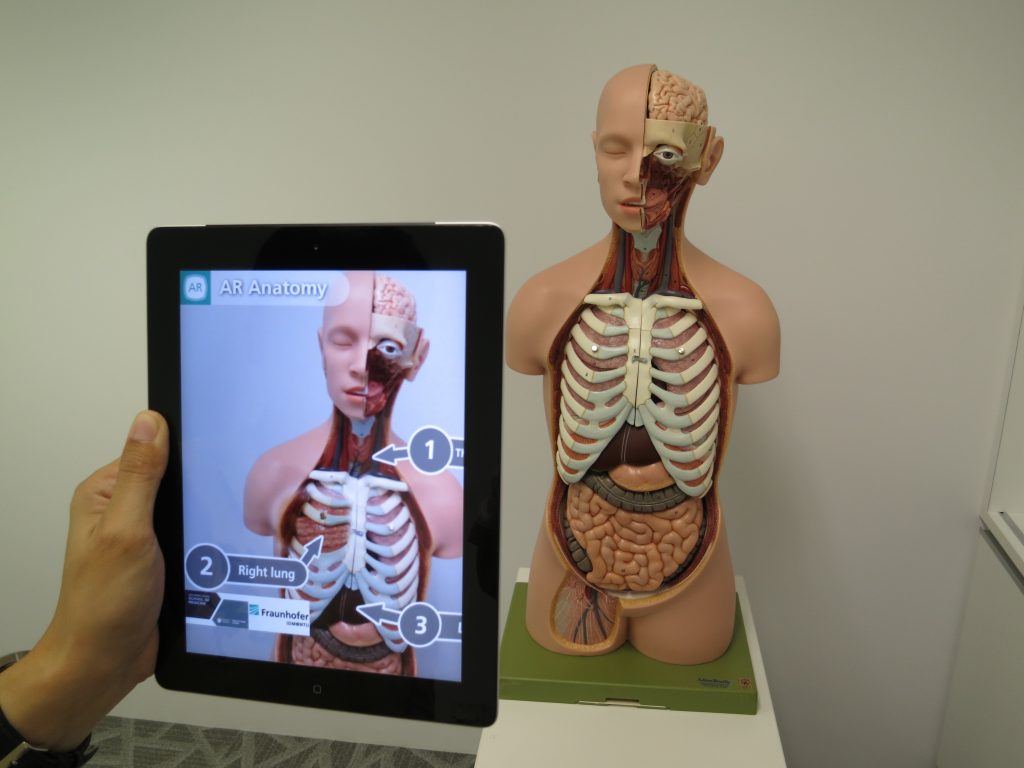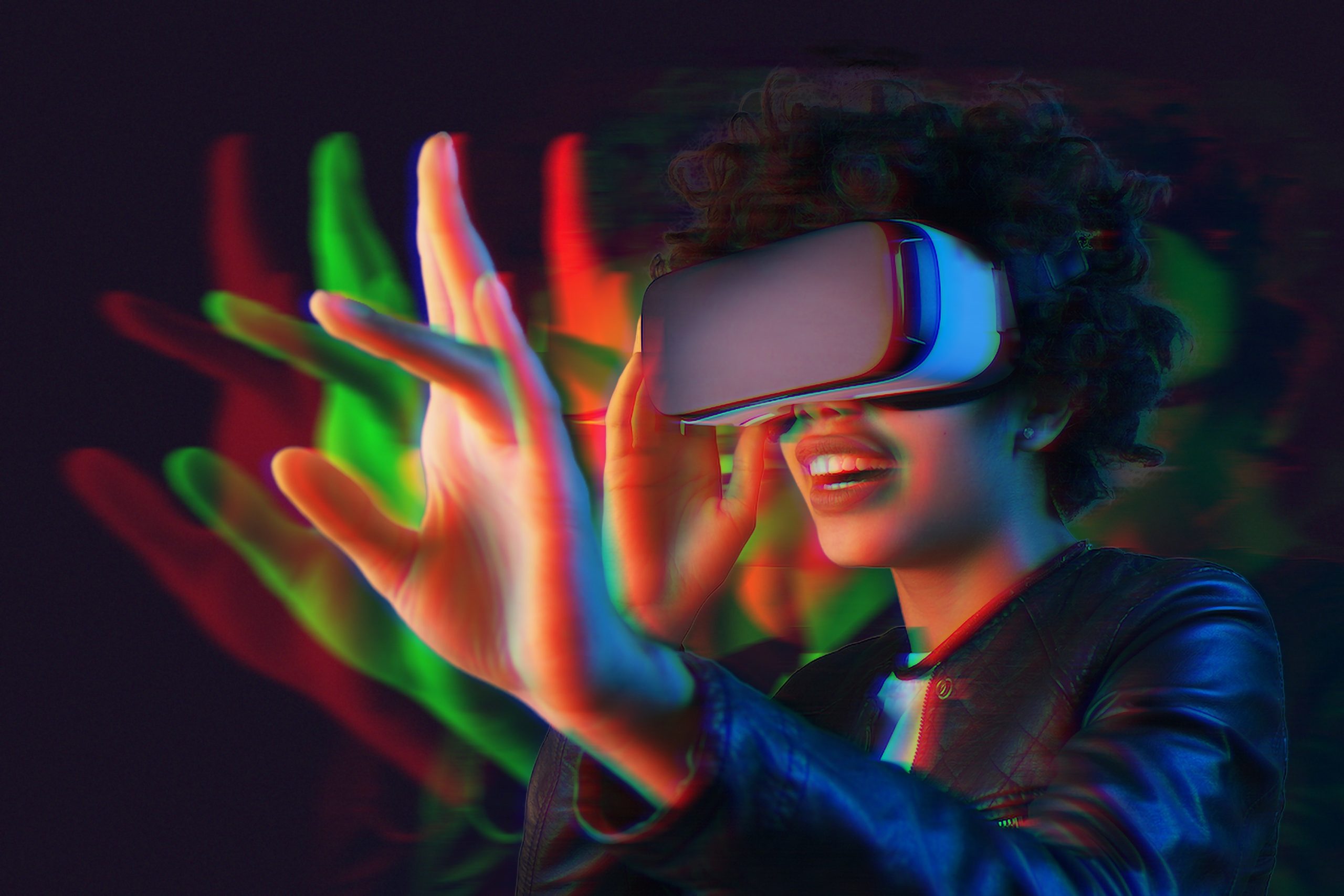The term “metaverse” once conjured images of dystopian virtual worlds or niche gaming platforms. Today, Metaverse 2.0 is breaking free of sci-fi stereotypes, driven by advancements in augmented reality (AR), virtual reality (VR), spatial computing, and digital twins. These technologies are no longer speculative—they’re revolutionizing industries like education, retail, and real estate with tangible, real-world applications. Here’s how businesses are moving beyond the hype to unlock measurable value.
Redefining Education Through Immersive Technologies
AR/VR: Classrooms Without Borders

AR and VR are dismantling traditional learning barriers. Schools like Stanford are using virtual reality to let students practice complicated surgeries or even explore the surface of Mars all without stepping outside. On the other hand, apps like Google Expeditions use augmented reality to make history lessons more exciting by adding cool 3D effects.
Spatial Computing: Interactive Learning Ecosystems
Spatial computing combines the real world with digital spaces, letting students work together in exciting new ways. For example, Microsoft’s Mesh for Teams allows learners to interact with 3D models of DNA strands or engineering designs as if they were all in the same room. Students can think critically by linking what they learn in class to real-life experiences.
DIGITAL TWIN
Digital twins are virtual versions of real things that are transforming job training. For example, BMW uses them to simulate assembly lines, letting trainees practice safely. Medical schools also use patient digital twins so students can practice diagnoses and reduce mistakes.
Retail’s Digital Revolution
AR/VR: Personalized Shopping Experiences
AR is redefining “try before you buy.” Brands like Sephora and IKEA leverage AR apps to let customers virtually test makeup shades or visualize furniture in their homes. VR takes this further: Luxury retailer Gucci hosts VR pop-up stores in Roblox, where users dress avatars in digital-only collections, blending commerce with entertainment.
Spatial Computing: The Future of In-Store Navigation
Spatial computing integrates real-time data with physical retail spaces. Walmart is testing out smart glasses that help employees restock shelves more efficiently, and Lowe’s has this cool Holoroom where customers can design their kitchens in mixed reality. These tools make shopping smoother and more personalized!
Digital Twins: Optimizing Supply Chains
Retailers use digital twins to mirror entire supply chains, predicting disruptions like weather delays or demand spikes. For example, Nike employs digital twins to monitor factory operations and sustainability metrics, ensuring ethical production while cutting costs.
Real Estate’s Leap Into the Metaverse
AR/VR: Virtual Property Tours Go Mainstream

Gone are the days of static photos. Platforms like Matterport use VR to offer 360° property walkthroughs, while AR apps overlay renovation ideas onto empty rooms. Investors even trade virtual real estate in metaverse platforms like Decentraland, where prime “land” sells for millions.
Spatial Computing: Redesigning Urban Spaces
Architects and urban planners use spatial computing to prototype smart cities. Tools like Unity Reflect enable stakeholders to explore 3D building models in real-time, adjusting designs based on environmental data or traffic patterns. Singapore’s Virtual Singapore project simulates urban infrastructure to improve disaster response planning.
Digital Twins: Smarter Building Management
Digital twins are becoming essential for property management. Companies like IBM make digital copies of office buildings to monitor things like energy use, heating and cooling systems, and the number of people in the space. This smart use of data helps cut costs and meet environmental goals.
The Road Ahead: Challenges and Opportunities
Accessibility gaps persist as high-end AR/VR hardware remains costly. Privacy concerns also loom—spatial data collected by smart glasses or digital twins could be exploited without robust regulations. However, forward-thinking companies are addressing these issues:
- Meta and Apple are developing affordable AR glasses for mass adoption.
- The EU’s Digital Services Act sets stricter data governance standards for platforms.
We must see the Metaverse as a Practical Tool, Not a Gimmick.
Metaverse 2.0 isn’t about running away from real life but about improving it. Whether in schools or shops, AR, VR, and digital twins are helping solve actual problems, making things work more smoothly, and sparking new ideas. Businesses that embrace these tools strategically prioritize user needs, ethics, and scalability and will lead the next wave of digital transformation.
Ready to Explore the Metaverse?
Justwebtech helps businesses integrate computing into their workflows. Contact us for a tailored roadmap to building a Metaverse-Ready Strategy to future-proof your operations.

Leave a Reply